Montenegro is still one of the lesser-known holiday destinations in the Balkans, but it is in no way inferior to its popular neighbour Croatia. On the contrary, there are at least as many beautiful beaches waiting for you - except that you don't have to share them with hordes of other tourists. The following article reveals what else the small state on the Adriatic coast has to offer.
Getting to Montenegro
Montenegro is one of the smallest countries in Europe and therefore perfectly suited for getting to know the country and its people during a round trip. The small state on the southeastern Adriatic coast offers an incredible variety of landscapes, which makes it attractive for beach lovers, but also for active holidaymakers. Last but not least, of course, culture fans also get their money's worth here.
The fastest and cheapest way to get to your holiday is by plane. A total of four German airports fly to the Montenegrin capital Podgorica. If you book early, you are often lucky enough to get a return flight for less than 100 euros. An alternative route is offered by the airport in the coastal town of Tivat in the Bay of Kotor. You can get there from Düsseldorf or Munich, for example.
And what about the formal entry requirements? If you have German citizenship and are entering the Balkan country for up to 30 days, you do not need a visa or even a passport. If you want to stay longer, you will need a passport. For stays of 90 days or more, a visa must also be applied for.
Best time to travel
The Montenegrin coast has a pleasant Mediterranean climate, with hot, dry summers and relatively cool winters. The ideal time to discover the Montenegrin coast is therefore the summer months between May and September. At this time, the thermometer fluctuates between 25 and 30 degrees Celsius, the sun can be seen throughout and the sea is at a perfect temperature. The country's beaches thus offer a real alternative to the other, much more crowded destinations in the region.
As the Dinaric Mountains separate the coastal strip from the rest of the state, the weather inland is determined by a different climate zone. Here, the climate is continental, which means that summers are hot and winters are very cold. Unlike the coast, inland winters are often snowy.
The best times to travel to this part of the country are therefore the seasons of spring and autumn. Active holidaymakers and culture lovers in particular get their money's worth during these months. While the cities offer a number of historical sights, scenic highlights such as the Lovcen National Park or Lake Scutari are great destinations for nature lovers.
Prices
Although the small country is not part of the EU, the currency is the euro. This saves travellers a lot of hassle when exchanging and converting in their heads. Compared to neighbouring holiday destinations such as Croatia, the price level here is still much lower. For example, holidaymakers pay a reasonable price of 15 to 20 euros per person per night for a comfortable hotel or in a holiday flat. For a meal in a restaurant including two drinks, you can budget about 10 euros. Snacks for on the road or soft drinks are also very cheap. A slice of pizza at a snack bar costs around 1.50 euros.
If you travel, you move: Transport within cities and between cities and regions is also comparatively cheap. For two to three people or more, it is often worth taking a taxi instead of a bus, even for longer distances.
The most beautiful holiday destinations
On your trip you will find numerous cities with interesting history and culture. Budva, for example, which has an almost oriental feel, offers the perfect combination of a beach holiday and sightseeing. The city is considered the tourist centre of the country and has a listed old town, which is one of the oldest along the Adriatic. The image is characterised by narrow, picturesque alleys and a multitude of buildings worth seeing. Very practical: there are small cafés, restaurants and bars everywhere, so taking a breather in between is no problem.
Not far from the city is one of the most beautiful hotel islands of all: Sveti Stefan. Although accommodation there is very expensive, a stroll through the alleys and a visit to the adjacent beach are fortunately free of charge.
Also in the municipality of Budva is Petrovac na moru, a rather small holiday resort with an attractive waterfront promenade. Petrovac scores with its convenient location, as from here you can quickly reach Ulcinj, but also other coastal resorts such as Sutomore, Podgorica and Virpazar.
Ulcinj is close to the Albanian border and has the longest sandy beach in Montenegro. The Balšic Palace, which stands here, was once the residence of the Montenegrin rulers. There are also several churches and mosques outside the old town. A special highlight is the Pasha Mosque, which is the only one in Montenegro with a functioning Turkish hamam. Next to the Bregut Mosque is the green market, where locals sell home-made products, fruit, vegetables, nuts and honey.
The most beautiful beachesLong Beach
The 12-kilometre-long Velika plaža (Long Beach) is close to the resort of Ulcinj in the southeast. The beach invites you to take long walks and offers numerous water sports. Family friendliness is very important here - and the shallow water here is perfect even for the youngest.
A big advantage: it is a fine sandy beach. Anyone who has ever been to the Adriatic coast and experienced the pebble beach that is common there will appreciate this. From Ulcinjs, you need about 10 to fifteen minutes by car to get to Long Beach.
Kamenovo Beach
Kamenovo Beach is also ideal for a holiday with the family. It is only about 10 minutes away from Budva by car. Here you can rent one of the colourful umbrellas or use the free beach section. Tip: In the summer months, it's worth booking a spot early in the morning.
Trsteno Beach
Trsteno Beach is also located near Budva town (15 minutes by car) and stands out for its crystal-clear water. The beach section is hidden and surrounded by pines, holm oaks and pine trees. With its wide sandbank and gentle waves, this beach is also suitable for all types of visitors. Children can play safely in the water or learn to swim here.
Jaz Beach
Jaz Beach is about a 10-minute drive from Budva town and measures just under one kilometre. There is a pebble and sandy beach here and also some shaded areas. Due to the surrounding high mountains, it is particularly sheltered from the wind. Since the place is very popular with tourists as well as locals, you should also come here in the early morning hours. Jaz Beach offers more than just swimming: During a snorkelling excursion, adventure-seekers can also discover the rich underwater world of the bay.
Mogren Beach
Mogren Beach is somewhat hidden between high rocks, but can be reached via a small path. Within walking distance of Budva's old town, Mogren Beach offers not only an unforgettable view of the old town, but also idyll and tranquillity. Those who want to visit Mogren Beach must know that it is divided into two areas. The second, somewhat quieter section, which can be reached via a tunnel, is especially recommended. Tip: Be sure to take a walk to the ruins of Mogren Fortress and enjoy the view from Vista Point.
The most important sightsBay of Kotor
In the northwest of the country is the town of Kotor and the bay named after it. Both are worth a visit and offer breathtaking sights. Kotor is a UNESCO World Heritage Site, and from the Castle of San Giovanni you have a great view of the entire bay, especially in the late afternoon when the sun disappears into the mountains.
Durmitor
The national park lies at 1,500 metres and higher, which means it can get a little colder here. The mountain massif is quite isolated in the north and has been designated a UNESCO World Heritage Site. In winter, it is a great place for skiing, and in summer, hikers get their money's worth. Impressive views are offered, for example, at Crno Jezero, the Black Lake, or at the edge of the deepest gorge in Europe, the Tara Gorge.
Lovćen
The Lovćen National Park in the southwest of Montenegro is ideal for active holidaymakers. For example, the Njegos Mausoleum, the highest mausoleum in the world, offers an exciting sight and a great vantage point. And best of all: the tour up to the resting place is easily doable even by inexperienced hikers. If you are out and about on a clear day, you can even see the outlines of Italy from here.
Biogradska Gora
As the smallest park in Montenegro, Biogradska Gora is a real insider tip. It scores with its beautiful nature and immense biodiversity. In addition to idyllic hiking trails and lovely alpine meadows, you can also walk among the trees of the oldest primeval forest in Europe. Next to it is the deep black Biogradska Gora Lake. Nature lovers who enjoy hiking are in the right place here.
Montenegrin cuisine
If you are travelling in Montenegro, you should definitely not miss out on the country's typical cuisine. Many restaurants still serve rustic Balkan dishes that are typical for the region and anything but expensive. The core ingredients of many meals - especially fish dishes - are olive oil and wine. One example is the seafood dish buzara, which consists of seafood, fine herbs, olive oil and wine.
On the Adriatic coast you can get fish, seafood and mussels almost everywhere. Very common today is na gradele, a fish dish seasoned with herbs and rosemary. Side dishes include olive oil, vegetables, parsley, salad and garlic marinade.
If you get the chance, you should also try pasticada, a beef braised steak, on your trip. French fries or white bread are often served as a side dish. Also popular is lamb, which is traditionally eaten as lamb in milk. Vegetables tend to be neglected in Montenegrin cuisine, but you usually get a salad with the main course. Vegetable lovers travelling inland should try the vegetable stews typical of the interior.
Related articles
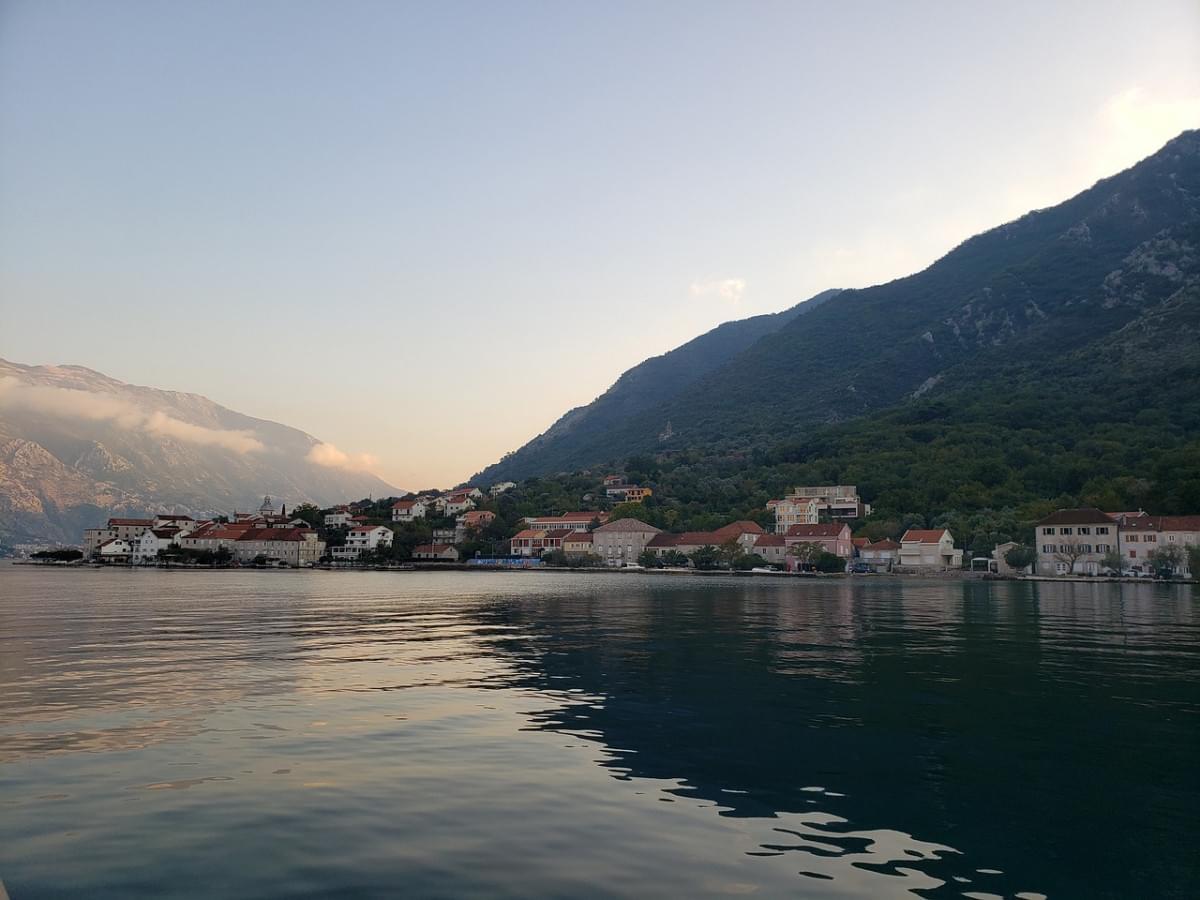
Kotor, Montenegro: what to see, where to eat and what to do in the evening
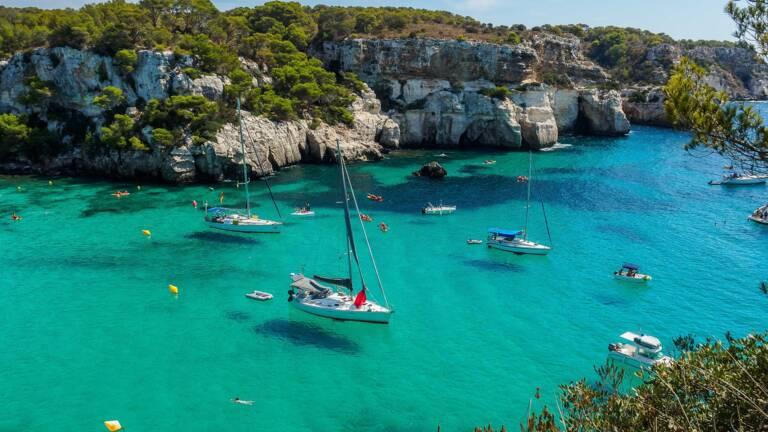
What are the most beautiful places in Montenegro?
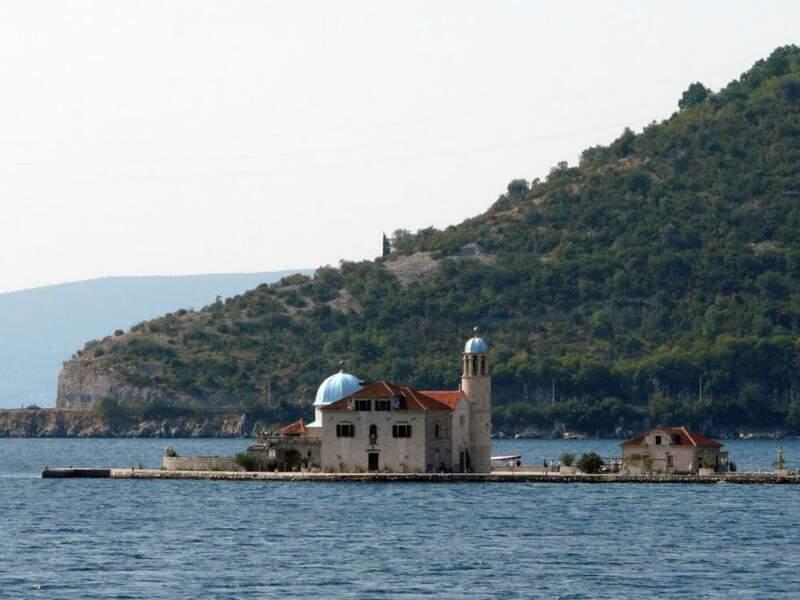
Discovering the Bay of Kotor, Montenegro
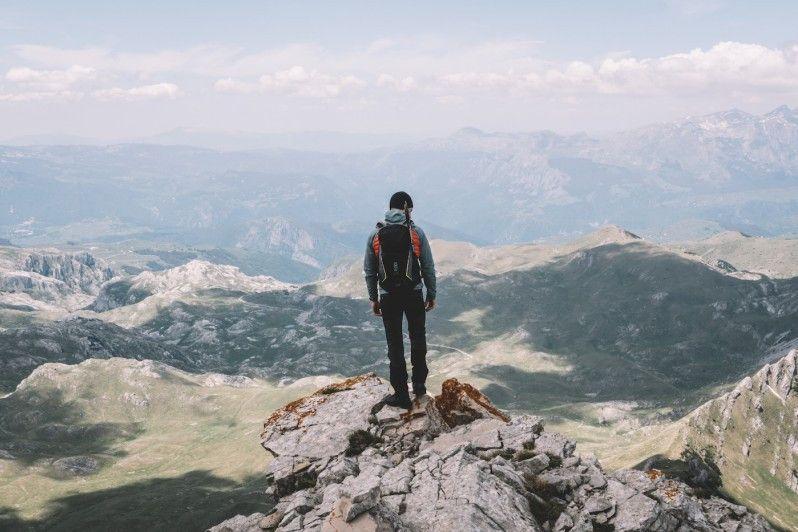
Montenegro less beaten
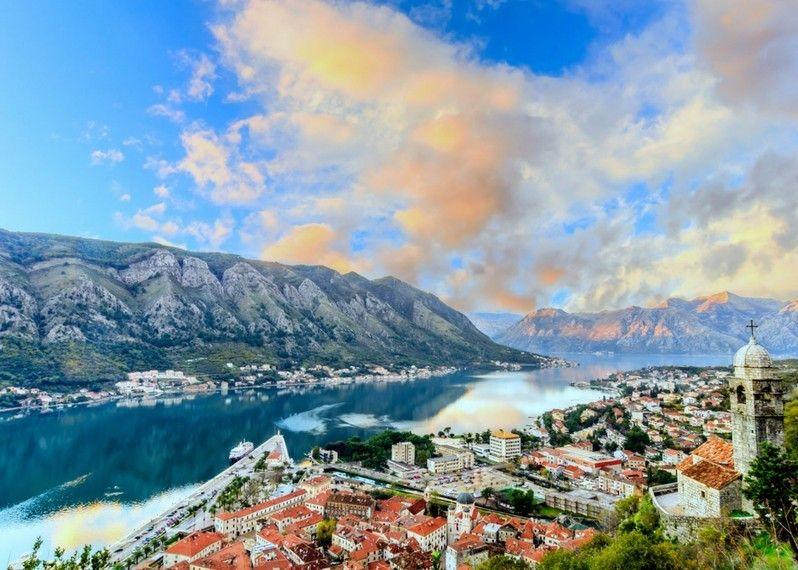
Adventure in Montenegro: the Bay of Kotor
Best time to visit Montenegro 2024 - Weather & 34 things to do
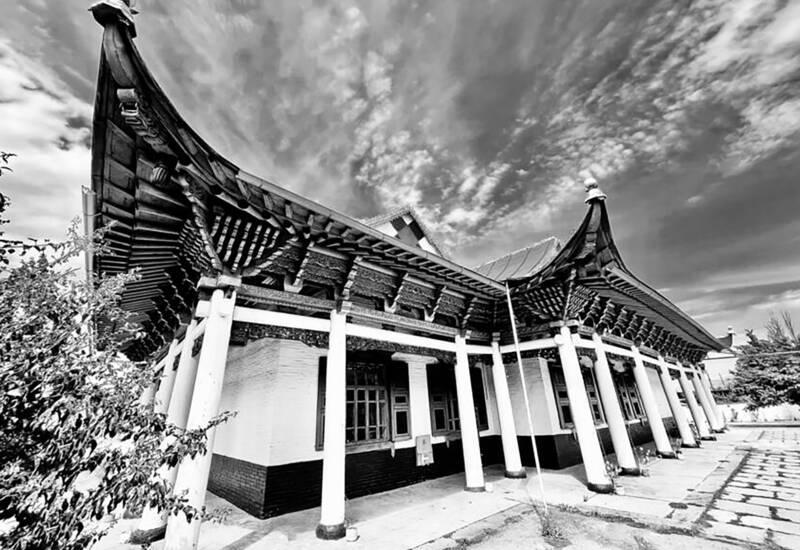
Breathtaking scenery and no currency: five things to know about Montenegro
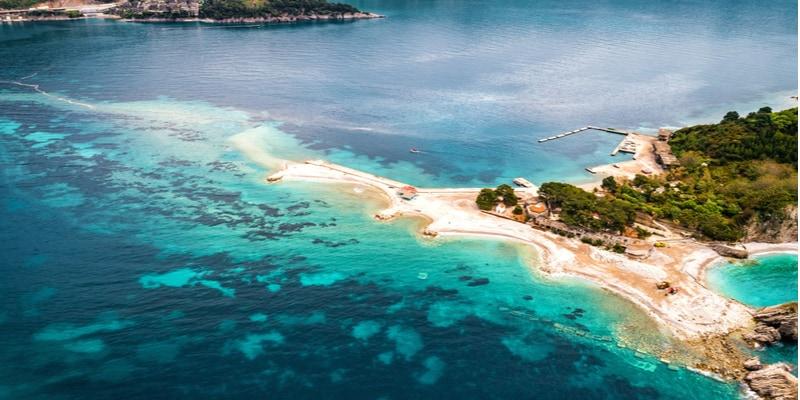
11 reasons to visit Montenegro